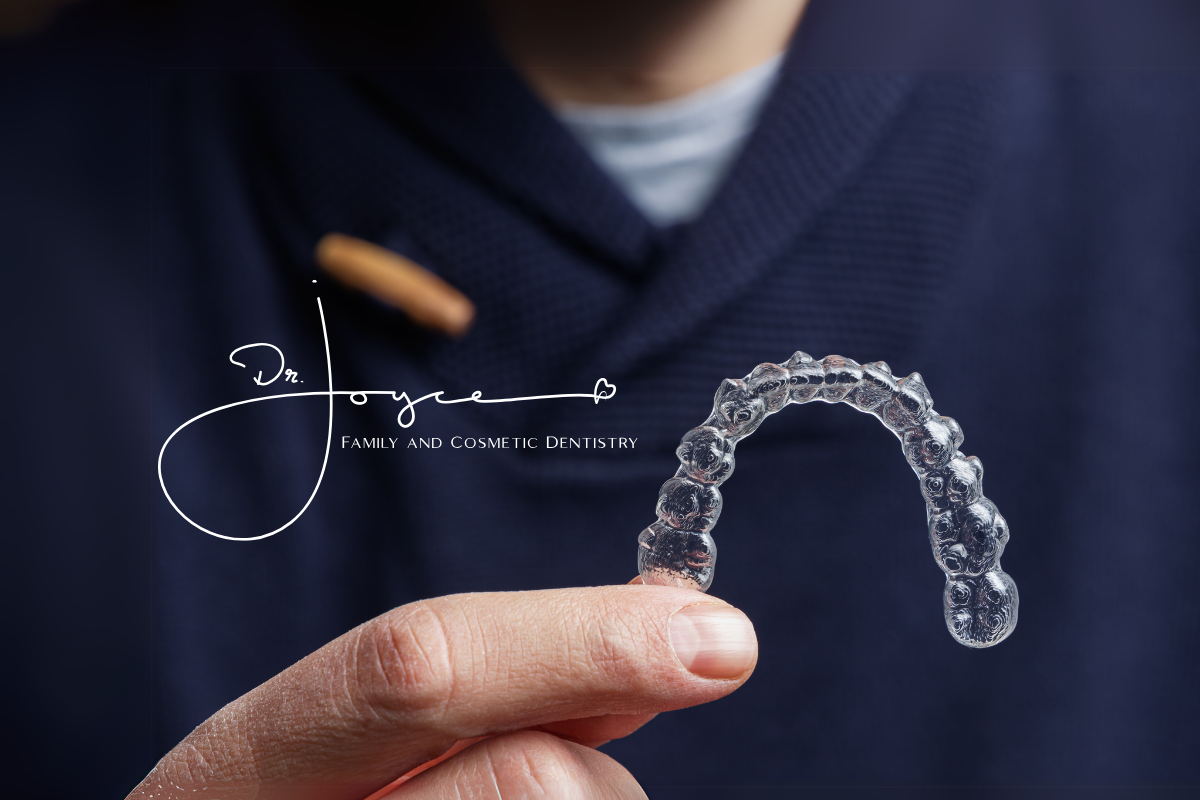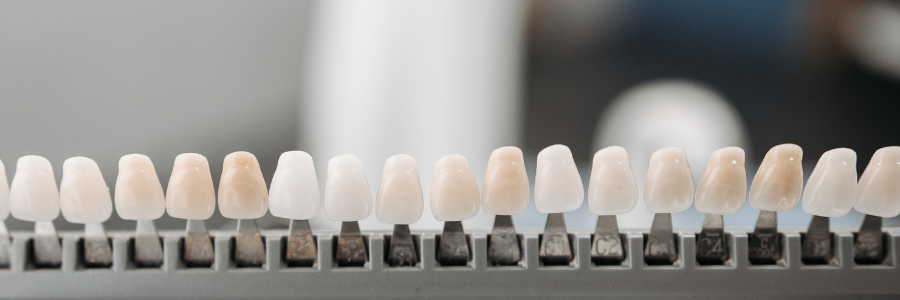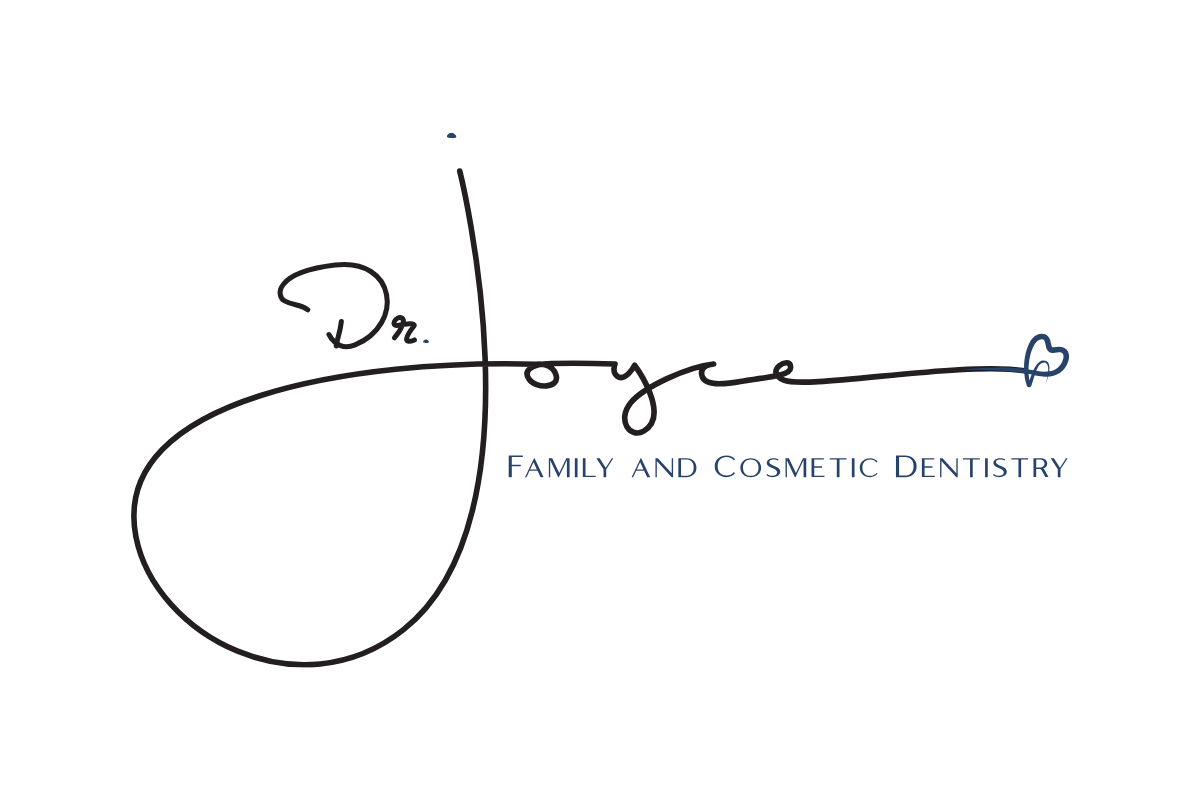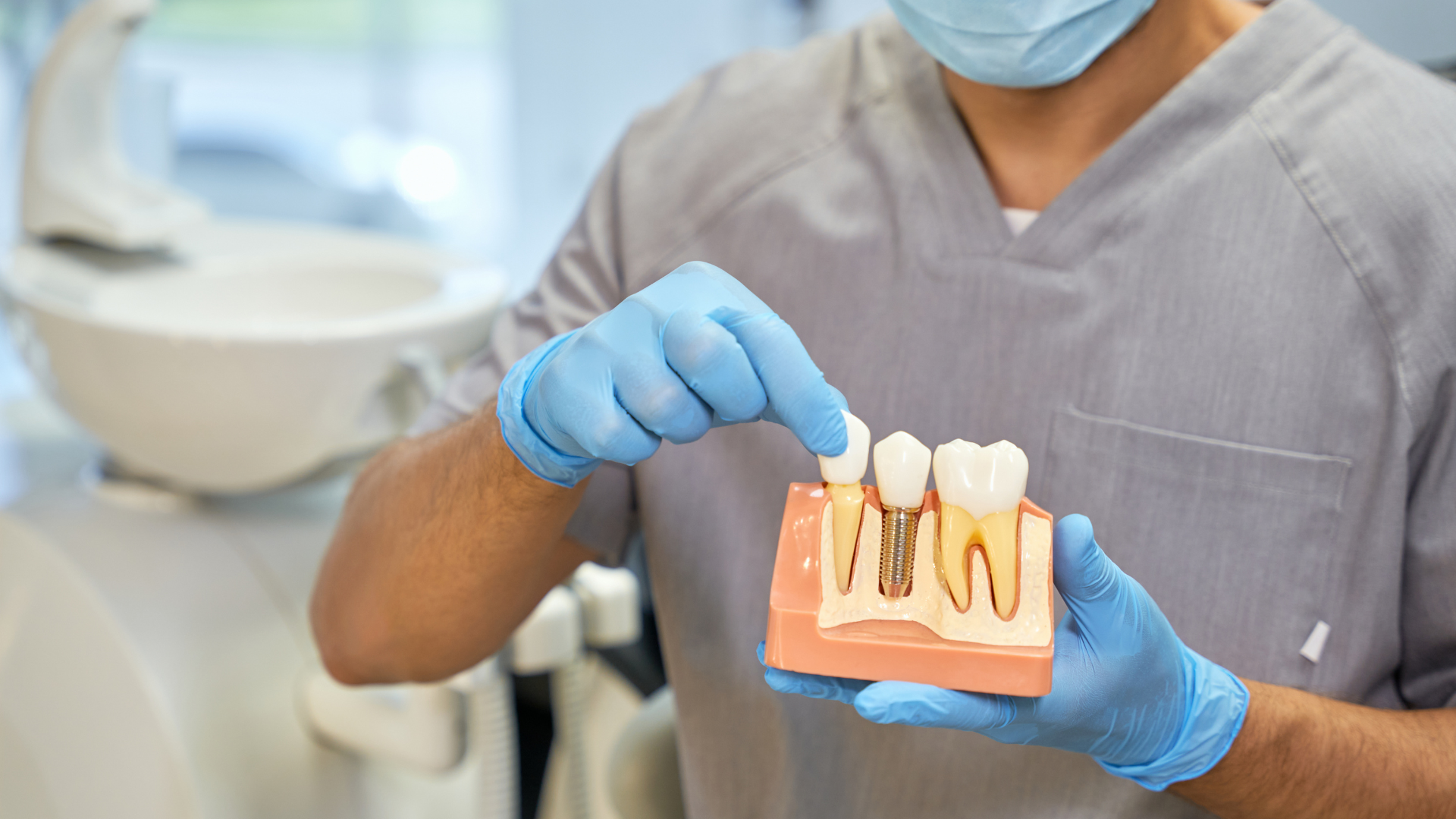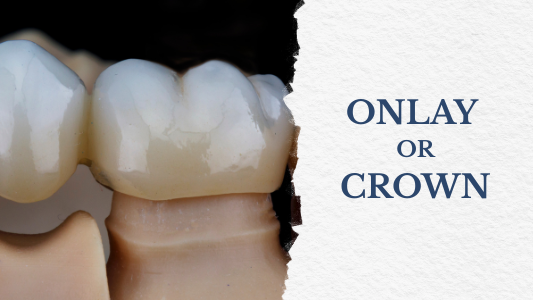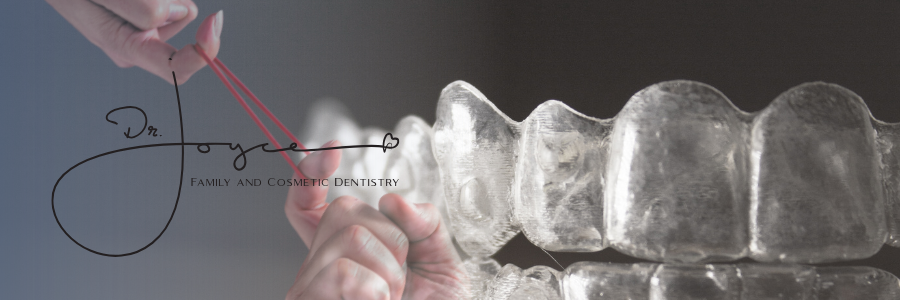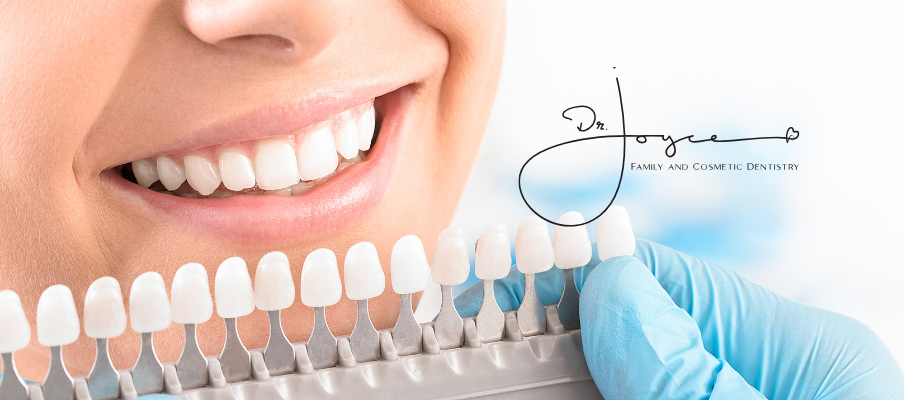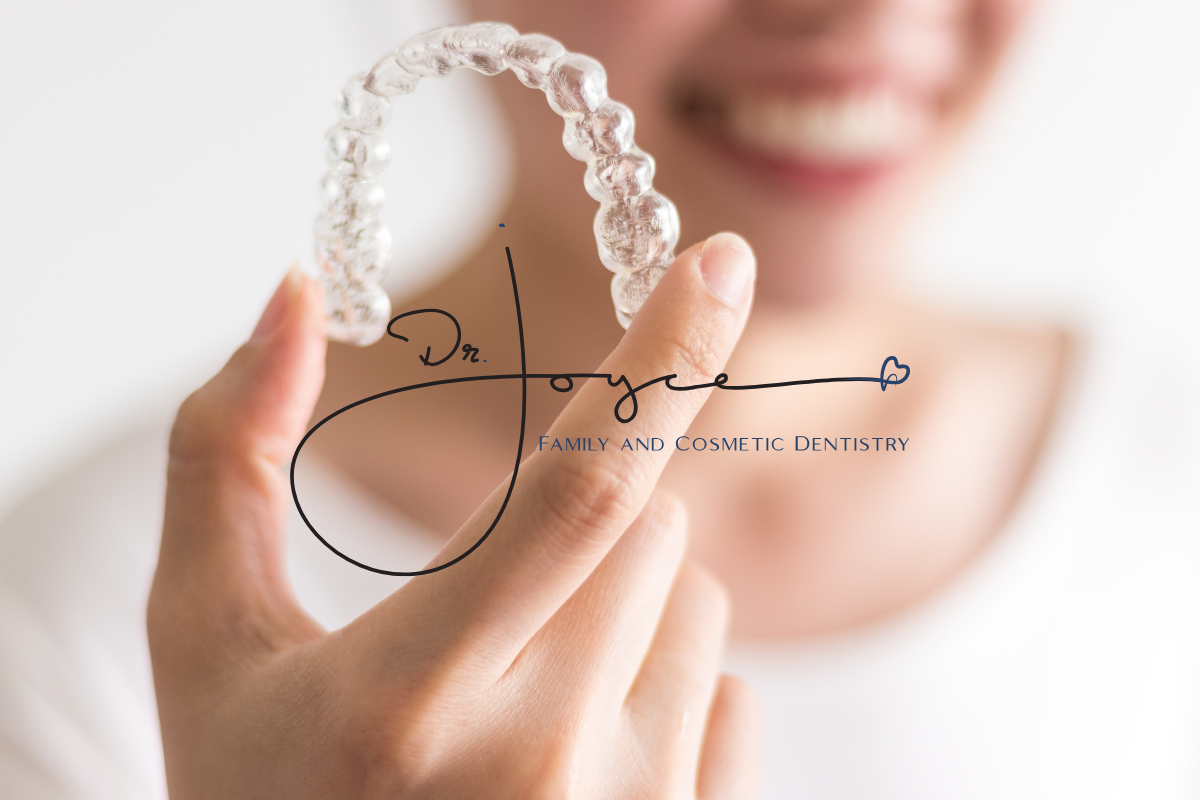Does Whitening Weaken Teeth? Understanding Enamel Safety
Creating a beautiful, harmonious smile is a blend of art and science, especially when it comes to porcelain veneers in westwood At Dr. Joyce Family & Cosmetic Dentistry, we understand that achieving a natural-looking smile requires a patient-centric approach that considers your unique facial features and aesthetic goals. While many factors contribute to a stunning smile, the 4-8-10 rule is a guideline that helps us achieve optimal aesthetics.
Understanding the Core Principles of Smile Design
Aesthetic dentistry is all about creating a smile that perfectly complements your entire face. It's not just about straight, white teeth; it's about considering everything from tooth shape and size to gum health and facial structure.Our goal is to craft a natural smile that makes you feel confident and comfortable.
We start with the fundamentals:
- Assessing your overall oral health.
- Understanding your facial features.
- Determining the ideal tooth proportions.
This comprehensive approach aims to improve your overall well-being by giving you a smile you're proud to show off – one that is both beautiful and functional.
Achieving Harmonious Facial Proportions
Facial harmony is paramount to a beautiful smile. We strive for straight, white teeth that seamlessly integrate with the rest of your face. We carefully examine factors such as:
- The symmetry of your face.
- The shape of your lips.
- The distance between your nose and chin.
These elements guide us in determining the ideal size, shape, and position of your veneers. For instance, a round face might benefit from slightly longer veneers to create a more balanced appearance, while a square face might suit more rounded veneers to soften the look. It's all about finding that perfect balance.
Patient-Centric Approach to Veneer Planning
Your smile is unique, and your veneer treatment should be too. That's why a patient-centric approach is so crucial. This means we genuinely listen to your goals, understand your concerns, and tailor the treatment plan specifically to your needs. It's a collaborative process where your input is valued every step of the way.
Here's what our patient-centric approach looks like:
- We begin with a thorough consultation to understand your desires.
- We utilize digital imaging to provide a preview of potential outcomes.
- We adjust the treatment plan based on your feedback to ensure your satisfaction.
Ultimately, our aim is to create a smile you adore, one that reflects your personality and gives you the confidence to smile freely and without hesitation.
Deconstructing the 4-8-10 Rule for Optimal Aesthetics
The 4-8-10 rule is a guideline used in smile design to help create balanced and attractive smiles with veneers. It's not a rigid formula but rather a helpful starting point that guides dentists in considering the ideal proportions and relationships between teeth. Let's break down what each number represents and how it contributes to a stunning smile.
The Significance of Central Incisor Dimensions
The "4" in the 4-8-10 rule often refers to the central incisors – your two front teeth. Their size and shape significantly impact the overall aesthetics of your smile. This rule suggests that the visible length of the central incisors should be a key factor in determining the size of other teeth. Getting this right sets the stage for a natural-looking smile. It's not just about length; width and shape also play a significant role. If the central incisors are too big or too small, it can throw off the entire balance of the smile. We consider factors like your face shape and lip line to ensure your central incisors look just right.
Lateral Incisor and Canine Integration
The "8" and "10" in the rule relate to the lateral incisors and canines, respectively. These teeth should perfectly complement the central incisors in size and shape. The lateral incisors (the teeth next to your front teeth) should be slightly shorter than the central incisors. The canines (the pointy teeth) should then blend smoothly with the laterals. This creates a natural flow and avoids any abrupt changes in tooth length, creating a smile line that is pleasing to the eye. The seamless integration of these teeth is essential for both aesthetics and function, ensuring your bite and chewing are unaffected
Ensuring Natural-Looking Results with Porcelain Veneers
Porcelain veneers are a popular choice for smile makeovers due to their incredibly natural appearance. They can be custom-matched to your natural teeth's color, shape, and size. While the 4-8-10 rule is a helpful guide when planning veneer placement, it's important to remember it's just a starting point. A skilled dentist will consider your unique features and preferences to create a smile that is uniquely yours. The goal is to create a smile that looks natural and enhances your overall appearance, which involves careful planning and meticulous attention to detail. We'll work with you to choose the perfect porcelain shade and craft veneers that fit perfectly and look stunning.
The Role of Digital Smile Design in Modern Veneer Procedures
Digital Smile Design (DSD) has revolutionized how we approach veneers, offering remarkable benefits.
Visualizing Your New Smile Before Treatment
DSD allows you to see what your smile could look like before any work is done. This is a game-changer, eliminating much of the guesswork and anxiety. Instead of just imagining the outcome, you get a realistic preview.
- See potential results upfront.
- Adjust the design to fit your preferences.
- Reduce uncertainty about the final look.
DSD uses photos and videos of your face and mouth to create a digital model. This model is then used to design your ideal smile, considering your facial features and personal preferences. It's like having a virtual makeover before committing to anything.
Precision Planning for Predictable Outcomes
With DSD, planning is incredibly precise. Dentists can use the digital model to plan every detail of veneer placement, leading to a better fit, improved function, and a more natural-looking result. This precision planning leads to highly predictable outcomes, which is what everyone desires.
- Detailed measurements for accurate veneer size and shape.
- Predictable results based on the digital plan.
- Reduced risk of unexpected issues during the procedure.
Enhancing Communication Between Patient and Dentist
DSD significantly improves communication between you and your dentist. You can both view the digital model and discuss any changes or concerns. This collaborative approach ensures you're both on the same page, ultimately leading to the smile you truly want.
- Clear visual communication.
- Shared understanding of the treatment goals.
- Opportunity for patient input and feedback.
Beyond the Rule: Customization for Individual Needs
While the 4-8-10 rule is a great starting point, it's not the complete picture. Everyone's face is different, and what looks fantastic on one person might not be the best choice for another. This is where customization comes in – taking those basic guidelines and tailoring them to create a smile that truly complements your unique features.
Addressing Unique Facial Features and Preferences
Consider this: your face shape, skin tone, and even your personality all play a role in how your smile looks. For example, a round face might benefit from slightly longer veneers for a more balanced appearance. Someone with a warm skin tone might prefer veneers with a slightly warmer shade. If you have a strong, confident personality, you might desire a bolder, more dramatic smile. It's all about finding what works best for you.
The Art and Science of Personalized Veneer Creation
Creating personalized veneers is both an art and a science. It demands a keen eye for aesthetics, a deep understanding of dental materials, and the technical skill to bring it all together. It's not just about following a formula; it's about carefully considering all the factors that contribute to a beautiful, natural-looking smile. This includes the shape of your existing teeth, the alignment of your jaw, and how your lips move when you smile.
Collaborating for Your Ideal Smile Transformation
Your input is incredibly important in the veneer process. It's a true collaboration between you and our dental professionals to achieve the smile you've always dreamed of. Here's what that collaboration might look like:
- Discussing your goals and expectations for your new smile.
- Reviewing photos of smiles you admire and identifying the features you like.
- Trying on temporary veneers to get a feel for the final result.
- Adjusting the veneers' shape, size, and color until you are absolutely delighted.
Ultimately, our goal is to create a smile that looks beautiful and feels comfortable and natural. It's about finding the perfect balance between aesthetics and function, so you can smile with confidence for years to come.
The Material Science Behind Durable and Beautiful Veneers
Advantages of High-Quality Porcelain for Longevity
Porcelain is a popular and excellent material for veneers, and for good reason. Its inherent strength and durability ensure your veneers will last for many years. Porcelain creates a restoration that can withstand the daily wear and tear of eating, talking, and smiling, and it's highly resistant to staining.Your bright smile will stay that way longer than with some other materials. Plus, it's biocompatible, minimizing the risk of irritation to your gums.
Achieving Natural Translucency and Shade Matching
One of porcelain's remarkable advantages is its ability to perfectly mimic the look of natural teeth. This is due to its translucency, which allows light to pass through the material in a similar way to natural tooth enamel. Choosing the right shade for you is paramount. Our dentists use precise shade guides and sometimes even custom shade matching to ensure your veneers blend seamlessly with your existing teeth. It's truly an art and a science, resulting in a smile that looks both beautiful and natural.
Maintaining Your Investment in Porcelain Veneers
Taking care of your porcelain veneers is straightforward, but it's essential to do it correctly to protect your investment. Here are a few tips:
- Brush and floss regularly, just as you would with your natural teeth.
- Avoid using abrasive toothpastes, as they can scratch the surface of the veneers.
- Consider wearing a mouthguard if you grind your teeth at night.
- Schedule regular dental checkups and cleanings to monitor the condition of your veneers.
With proper care, your porcelain veneers can last for many years, giving you a beautiful and confident smile. It's a worthwhile investment in your appearance and self-esteem, so make sure to follow your dentist's recommendations for maintenance.
The Comprehensive Process of Receiving Veneers
Initial Consultation and Diagnostic Planning
The journey to a transformed smile begins with a thorough consultation. This is where you'll discuss your aesthetic goals and any concerns with your dentist. A detailed examination, including X-rays and impressions, will follow to assess your oral health and determine if you're a suitable candidate for porcelain veneers.
- Discuss your smile goals and expectations.
- Undergo a comprehensive oral examination.
- Review X-rays and diagnostic impressions.
During this phase, your dentist will evaluate factors like tooth alignment, bite, and gum health to create a personalized treatment plan just for you.
Preparation and Provisional Placement
Once you decide to move forward, the next step involves preparing your teeth for the veneers. This usually means removing a small amount of enamel from the front surface of each tooth to accommodate the veneer. After preparation, precise impressions are taken to create your custom veneers. Temporary veneers are then placed to protect your teeth while your final veneers are being fabricated.
Enamel reduction for veneer placement.- Precise impression taking for custom fabrication.
- Placement of temporary veneers for protection and aesthetics.
Final Bonding and Post-Treatment Care
When your custom veneers are ready, you'll return for the final bonding appointment. The temporary veneers are carefully removed, and your teeth are thoroughly cleaned and prepared for bonding. The veneers are then meticulously bonded to your teeth using a special adhesive. After bonding, any excess cement is removed, and your bite is checked and adjusted as needed. Proper post-treatment care is essential to maintain the longevity of your veneers.
- Veneer bonding with a specialized dental adhesive.
- Bite check and adjustment for optimal function.
- Post-treatment care instructions for long-term maintenance.
Selecting the Right Dental Professional for Your Veneers
Choosing the right dentist for your veneers is a significant decision. It's not just about finding someone who can apply them; it's about finding a professional who understands the art and science behind creating a smile that looks amazing and lasts. You want a dentist who listens to your goals, assesses your unique needs, and possesses the skills to deliver results that exceed your expectations. It's a true partnership, and finding the right fit is key to a successful outcome.
Expertise in Cosmetic Dentistry and Smile Design
When it comes to veneers, you want someone who truly knows their stuff. Look for a dentist with a strong background in cosmetic dentistry and smile design. This means they've invested extra time in learning about the latest techniques and materials, and they possess a keen eye for aesthetics. It's not just about fixing teeth; it's about creating a harmonious and balanced smile that perfectly complements your facial features. A dentist with this kind of focus will be able to expertly guide you through the process and help you make informed decisions about your treatment.
Importance of Advanced Training and Technology
Dentistry is constantly evolving, with new technologies and techniques being developed regularly. It's essential to find a dentist who stays up-to-date with these advancements, as this demonstrates their commitment to providing the best possible care for their patients. Advanced training and technology can make a significant difference in the precision, comfort, and longevity of your veneers. For example, digital imaging and CAD/CAM technology can help create veneers that fit perfectly and look incredibly natural.
Here are some things to consider:
- Does the dentist use digital smile design software?
- Have they taken continuing education courses in cosmetic dentistry?
- Do they have experience with different types of veneer materials?
Finding a Trusted Provider for Porcelain Veneers
Finding a dentist you can trust is incredibly important. You want someone who is skilled and makes you feel comfortable and confident throughout the process.
Look for a dentist who takes the time to listen to your concerns, answer your questions thoroughly, and explains the treatment process in detail. Check online reviews and ask for recommendations from friends or family. A good dentist will have a strong reputation and a track record of satisfied patients. Ultimately, the best way to find a trusted provider is to schedule a consultation and see if you feel it's a good fit. Trust your gut; if something doesn't feel right, it's okay to explore other options.
Wrapping Things Up
So, that's the 4-8-10 rule in a nutshell. It's a valuable guideline that helps dentists create balanced and aesthetically pleasing smiles with veneers. It assists in achieving the right proportions and ensuring everything fits together seamlessly. Remember, this rule is just a guide; every person is unique, and what works perfectly for one might not be ideal for another. The best way to determine what's right for you is to have a personal consultation with your dentist. They can assess your individual situation and help you achieve the smile you desire. It's all about working together to ensure your new smile looks natural, feels great, and boosts your confidence.
Ready to explore how porcelain veneers can transform your smile?
Visit D037 Dr. Joyce Family & Cosmetic Dentistry today!
This information is intended for general knowledge and informational purposes only, and does not constitute medical advice. It is essential to consult with a qualified dental professional for any health concerns or before making any decisions related to your oral health or treatment.

